Prince Philip Probing Notorious ‘UFO’ Encounters
Article by Tom Towers November 25, 2020 (dailystar.co.uk)
• It is no secret that royal consort Prince Philip, Duke of Edinburgh (pictured above with wife, Queen Elizabeth), has long had an interest in UFOs. Philip kept a map of UFO sightings on the wall in Buckingham Palace. He asked to see top-secret MoD reports into “close encounters” and told a senior aide to study UFO cases.
• Philip, 99, got into the UFO/alien phenomenon thanks to his uncle and mentor Lord Mountbatten, who admitted to his belief in aliens after his bricklayer, Fred Briggs, had an encounter with a flying saucer in 1955. In a signed statement, Mountbatten wrote: “Mr Briggs was still dazed when I first saw him and was worried that no one would believe his story. Indeed, he made a point of saying that he had never believed in flying saucer stories before, and had been absolutely amazed at what he had seen.”
• Last summer, it was noted that Philip read The Halt Perspective, a book focusing on the Rendlesham Forest incident when two members of the US Air Force from the nearby USAF bases, stumbled upon an unknown craft displaying strange “hieroglyphic symbols”. The craft accelerated away at high speed after they touched it. One of the book’s authors received a letter from Philip’s private secretary saying: “I am certain it will be read with close interest over the summer.” Philip also reportedly received a book called Haunted Skies: The Encyclopedia of British UFOs.
• Author David Clarke claims that Prince Philip wanted to meet the infamous ET contactee, George Adamski. Adamski claimed to have met a blonde-haired alien from Venus who took him in his spaceship for a tour of the solar system. A secret meeting with Adamski was cancelled at the last minute over fears it could embarrass the Royal Family.

The Duke of Edinburgh, 99, got into the phenomenon thanks to his uncle and mentor Lord Mountbatten, who admitted to his belief in aliens.
Mountbatten made a report on a strange encounter his bricklayer Fred Briggs had with a flying saucer back in 1955.
In a signed statement, he wrote: “Mr Briggs was still dazed when I first saw him and was worried that no one would

believe his story.
“Indeed, he made a point of saying that he had never believed in Flying Saucer stories before, and had been absolutely amazed at what he had seen.”
The Daily Star previously revealed that Philip kept a map of UFO sightings on the wall in Buckingham Palace.
He also reportedly asked to see top-secret MoD reports into “close encounters” and told a senior aide to study UFO cases.
Philip read The Halt Perspective last summer, a book focusing on the notorious Rendlesham Forest incident, The Sun reports.
Two members of the US Air Force (USAF), John Burroughs and Jim Penniston from the nearby Bentwaters and Woodbridge bases, went to investigate a suspected civilian plane crash on December 26, 1980.
They stumbled upon an unknown craft displaying strange “hieroglyphic symbols”, which accelerated away at high speed after they touched it.
FAIR USE NOTICE: This page contains copyrighted material the use of which has not been specifically authorized by the copyright owner. ExoNews.org distributes this material for the purpose of news reporting, educational research, comment and criticism, constituting Fair Use under 17 U.S.C § 107. Please contact the Editor at ExoNews with any copyright issue.


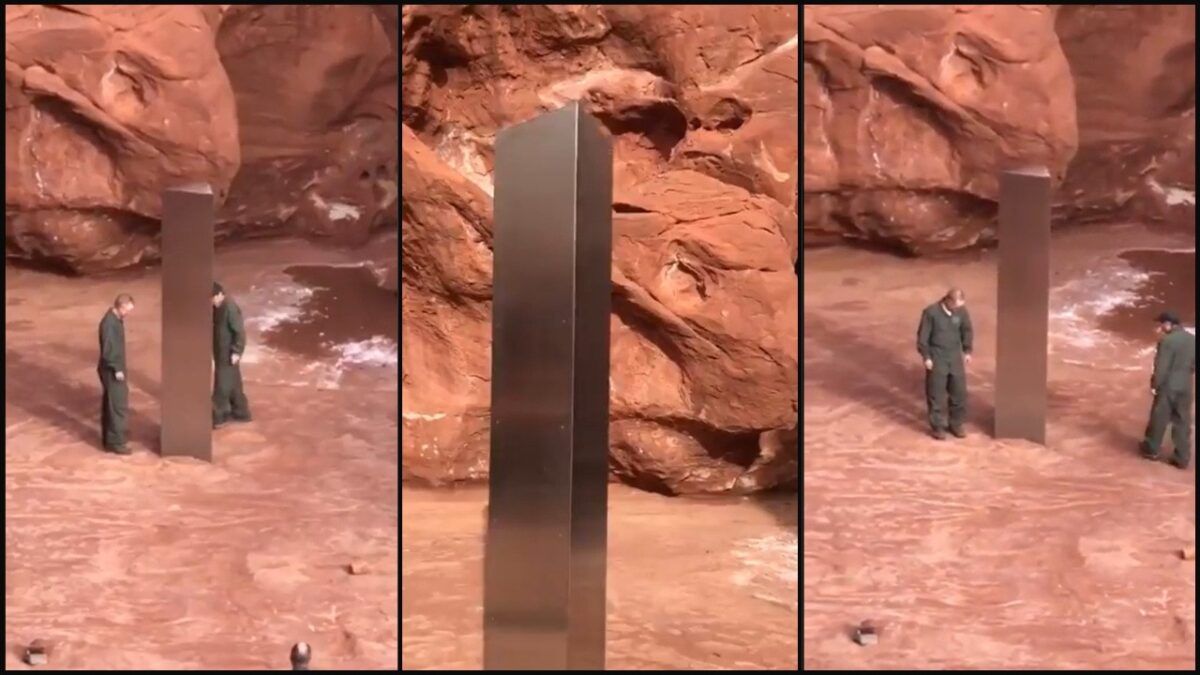


 dropped to the ground, he told KSL, but rather it looked like it had been planted.
dropped to the ground, he told KSL, but rather it looked like it had been planted.



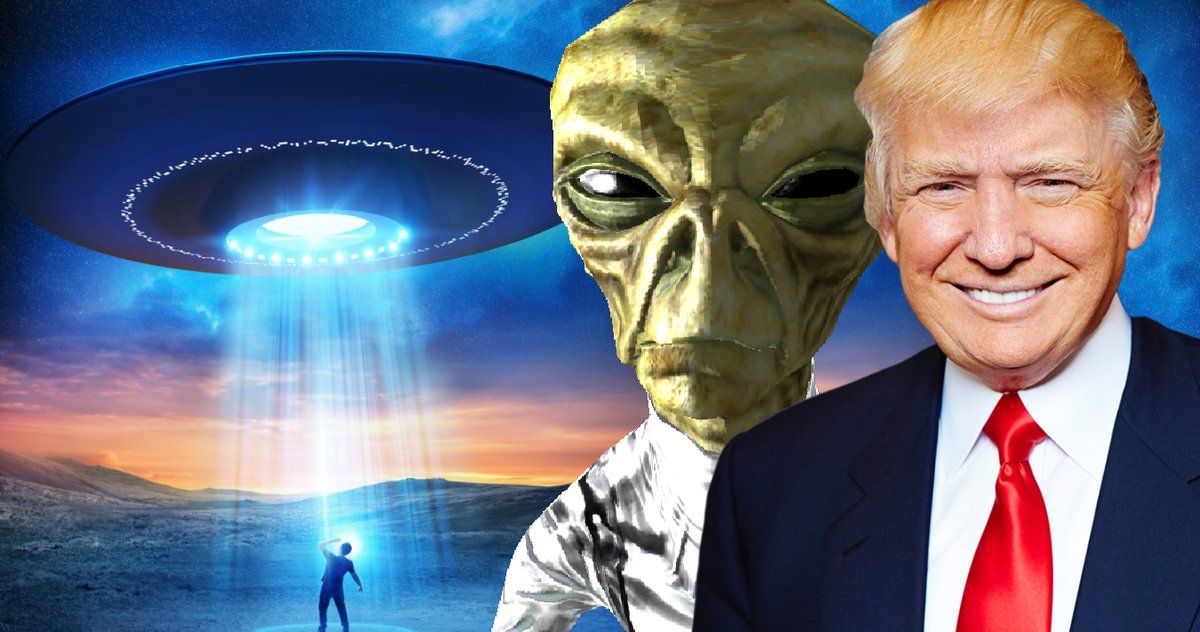
 President Donald Trump says he’ll veto the 2021 National Defense Authorization Act (NDAA), the annual bill that sets the budget and policies for the U.S. military, if lawmakers don’t remove a bipartisan amendment to rename military bases named after Confederate leaders, according to an NBC News report.
President Donald Trump says he’ll veto the 2021 National Defense Authorization Act (NDAA), the annual bill that sets the budget and policies for the U.S. military, if lawmakers don’t remove a bipartisan amendment to rename military bases named after Confederate leaders, according to an NBC News report. raises and funding for new equipment, among other items. But it also includes language that could ultimately change what the American public knows about UFOs in a significant way. A Trump veto of the NDAA may stall the momentum of a movement that has rapidly captured mainstream attention over the last two years.
raises and funding for new equipment, among other items. But it also includes language that could ultimately change what the American public knows about UFOs in a significant way. A Trump veto of the NDAA may stall the momentum of a movement that has rapidly captured mainstream attention over the last two years.



 WASHINGTON — SpaceX and United Launch Alliance were selected as U.S. national security launch providers
WASHINGTON — SpaceX and United Launch Alliance were selected as U.S. national security launch providers





 A UFO came within seconds of colliding with a passenger jet in a terrifying close call.
A UFO came within seconds of colliding with a passenger jet in a terrifying close call. Bradford airport.
Bradford airport.

 Thursday that it will close the huge telescope at the renowned Arecibo Observatory in Puerto Rico in a blow to scientists worldwide who depend on it to search for planets, asteroids and extraterrestrial life.
Thursday that it will close the huge telescope at the renowned Arecibo Observatory in Puerto Rico in a blow to scientists worldwide who depend on it to search for planets, asteroids and extraterrestrial life. the telescope’s main steel cables snapped, leading officials to warn that the entire structure could collapse.
the telescope’s main steel cables snapped, leading officials to warn that the entire structure could collapse.

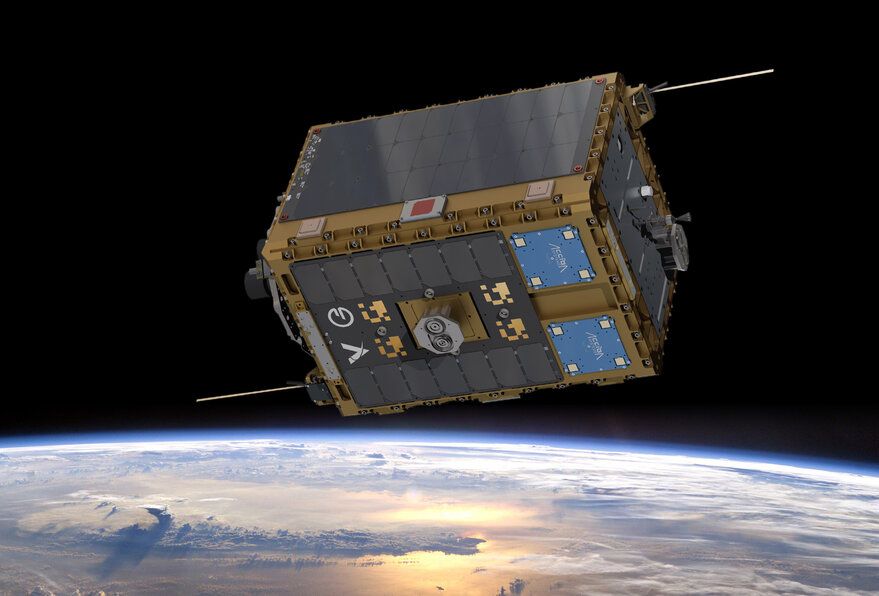

 company’s first operational fuel depot to orbit. Tanker 001 Tenzing, which will provide fuel for the fast growing in-orbit servicing industry, is expected to launch aboard a SpaceX Falcon 9 no earlier than in June 2021.
company’s first operational fuel depot to orbit. Tanker 001 Tenzing, which will provide fuel for the fast growing in-orbit servicing industry, is expected to launch aboard a SpaceX Falcon 9 no earlier than in June 2021.
 is one of several payloads to launch on a Spaceflight Sherpa orbital transfer vehicle, which is capable of executing multiple deployments. Spaceflight’s first OTV, Sherpa-FX, is scheduled to debut no earlier than December 2020 on a SpaceX rideshare mission and provides independent and detailed deployment telemetry, and flexible interfaces, all at a low cost.
is one of several payloads to launch on a Spaceflight Sherpa orbital transfer vehicle, which is capable of executing multiple deployments. Spaceflight’s first OTV, Sherpa-FX, is scheduled to debut no earlier than December 2020 on a SpaceX rideshare mission and provides independent and detailed deployment telemetry, and flexible interfaces, all at a low cost.












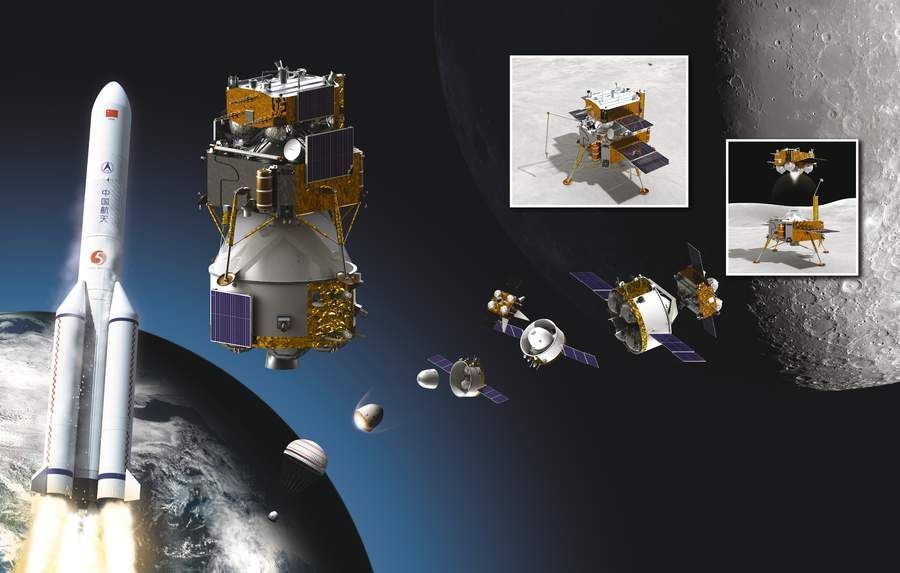

 arrive in lunar orbit around Nov. 28, then send two of its four modules — a lander and an ascent vehicle — to the lunar surface a day or so later. (Chinese officials have been characteristically vague about Chang’e 5’s details, so timeline information has been pieced together from various sources by China space watchers like Space News’ Andrew Jones, who also provides articles for Space.com.)
arrive in lunar orbit around Nov. 28, then send two of its four modules — a lander and an ascent vehicle — to the lunar surface a day or so later. (Chinese officials have been characteristically vague about Chang’e 5’s details, so timeline information has been pieced together from various sources by China space watchers like Space News’ Andrew Jones, who also provides articles for Space.com.)


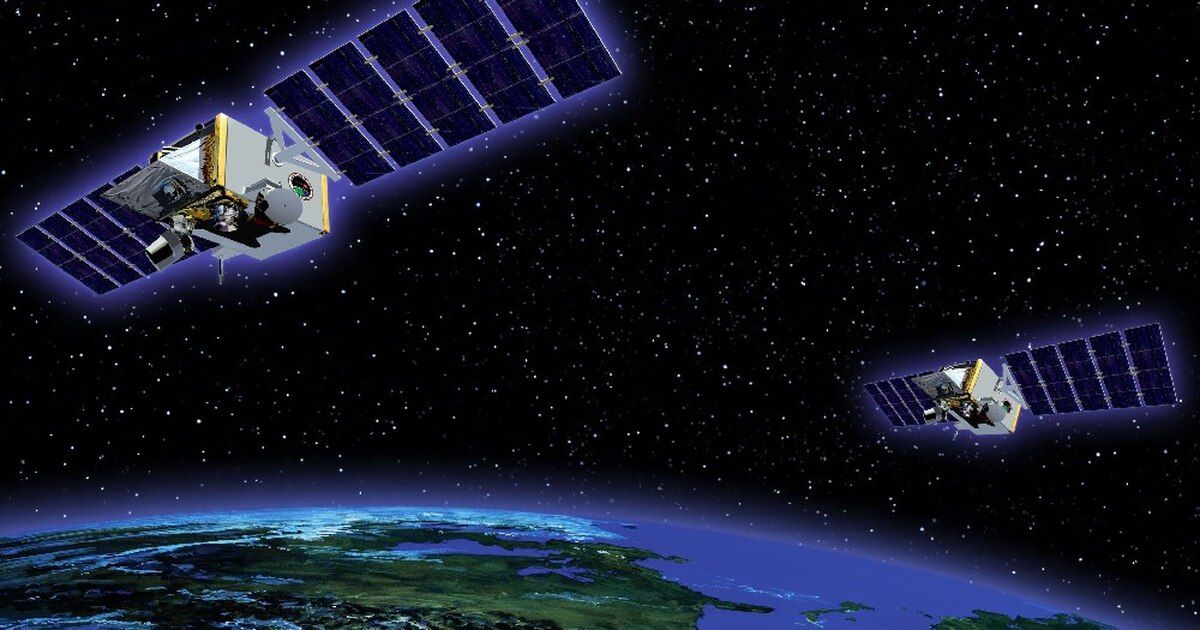




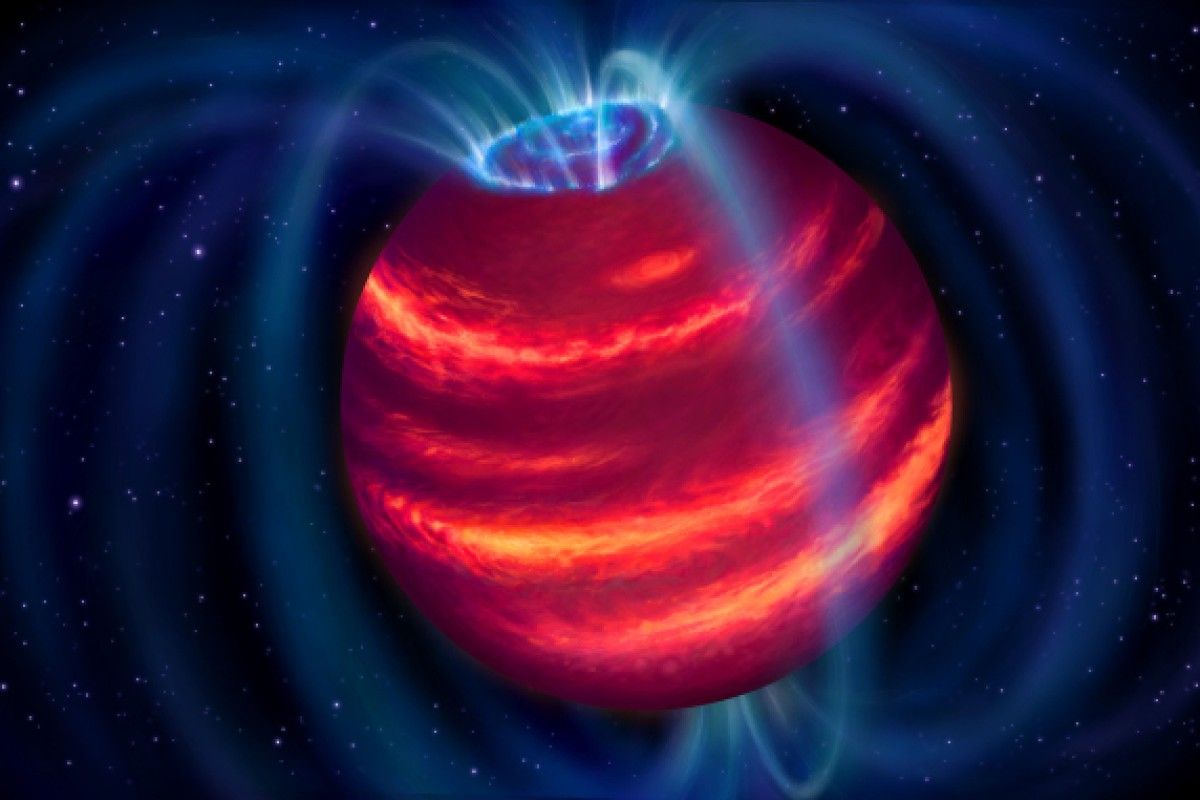
 Radioactive sludge is probably the last place you would expect to find life (except maybe the Toxic Avenger), but if you’re looking for signs of extraterrestrial life, seek out planets with radioactive elements beneath the surface.
Radioactive sludge is probably the last place you would expect to find life (except maybe the Toxic Avenger), but if you’re looking for signs of extraterrestrial life, seek out planets with radioactive elements beneath the surface.









 Donald Trump set bold goals for space exploration during his time in office – from crewed missions to the Moon and Mars to a Space Force. By contrast, his successor Joe Biden has been relatively quiet on space policy. So how is space exploration likely to change going forward?
Donald Trump set bold goals for space exploration during his time in office – from crewed missions to the Moon and Mars to a Space Force. By contrast, his successor Joe Biden has been relatively quiet on space policy. So how is space exploration likely to change going forward?
 During the Trump administration, NASA also committed to the return of astronauts to the Moon in 2024 under the Artemis program. This is due for its first test launch (uncrewed) next year with Artemis-1. This builds on the Constellation program which was implemented by Republican president George W Bush in 2005 but was subsequently cancelled by Democratic president Barack Obama due to its high cost and difficulty.
During the Trump administration, NASA also committed to the return of astronauts to the Moon in 2024 under the Artemis program. This is due for its first test launch (uncrewed) next year with Artemis-1. This builds on the Constellation program which was implemented by Republican president George W Bush in 2005 but was subsequently cancelled by Democratic president Barack Obama due to its high cost and difficulty.

 In his groundbreaking 1997 book — The Day After Roswell — Col. Philip J. Corso claims that during his service he distributed to corporations foreign technology which was actually extraterrestrial in origin.
In his groundbreaking 1997 book — The Day After Roswell — Col. Philip J. Corso claims that during his service he distributed to corporations foreign technology which was actually extraterrestrial in origin.

 frequency processing microchip that could give the Pentagon the ability to reduce the processing time for radar, electronic warfare and 5G communication applications, National Defense reported.
frequency processing microchip that could give the Pentagon the ability to reduce the processing time for radar, electronic warfare and 5G communication applications, National Defense reported.

